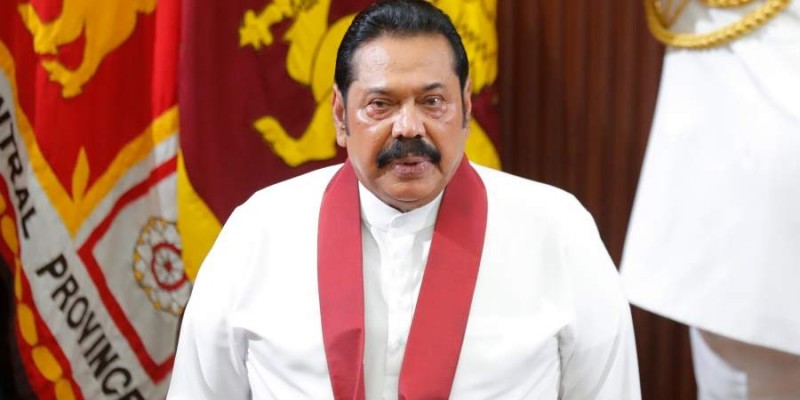
Sri Lankan President Gotabaya Rajapaksa rescinded the state of emergency he established on April 1 with immediate effect late Tuesday night.
The president stated he had removed the emergency rule decree, which gave security forces broad powers to quell any unrest in the country, in a gazette notification no 2274/10 published late Tuesday night.
In the midst of a wave of protests over the country's greatest economic crisis, President Rajapaksa announced a state of emergency on April 1. The state of emergency was declared in anticipation of large-scale protests on April 3 over the people's current economic problems.
Later, the authorities enforced a curfew across the entire island. Despite the curfew and state of emergency, protests continued, with key ruling party leaders having their residences encircled by irate protestors demanding solutions to the economic crisis.
As the agitation became more violent, several persons were hurt and vehicles were set on fire. After pulling down a steel barricade near the president's mansion, police fired tear gas and water cannons at the protesters. Several persons were arrested as a result of the incident, and a curfew was briefly imposed in most districts of Colombo.
Sri Lanka is experiencing a lack of vital items such as fuel and cooking gas due to a foreign exchange crisis. Power outages that can last up to 13 hours per day are common. The cancellation of the gazette is significant since the ruling coalition appears to have lost its majority in the 225-member Parliament, with over 40 MPs proclaiming independence.
Sri Lanka’s curfew lifted today morning amid economic crisis
India comes forward to help starving Sri Lanka, now sends 4000 tonnes of rice after $1 billion
External Affairs Minister on visit to Maldives and SL from today, will attend BIMSTEC meeting